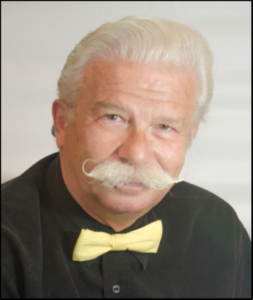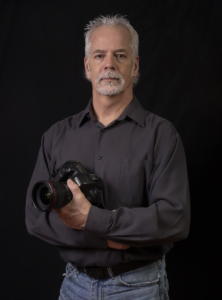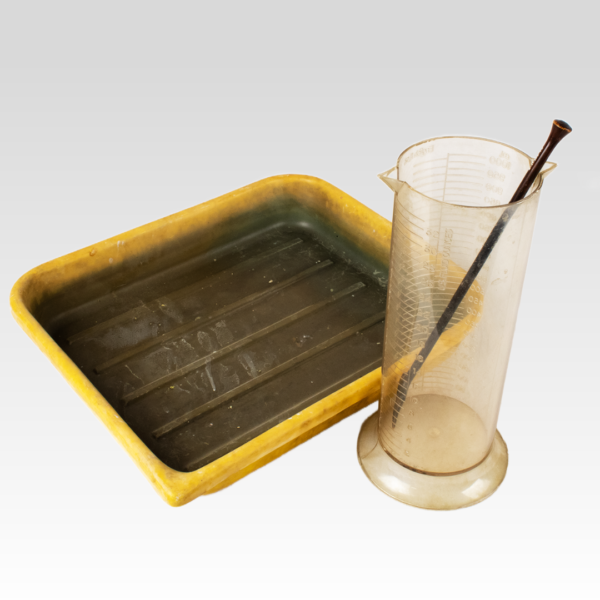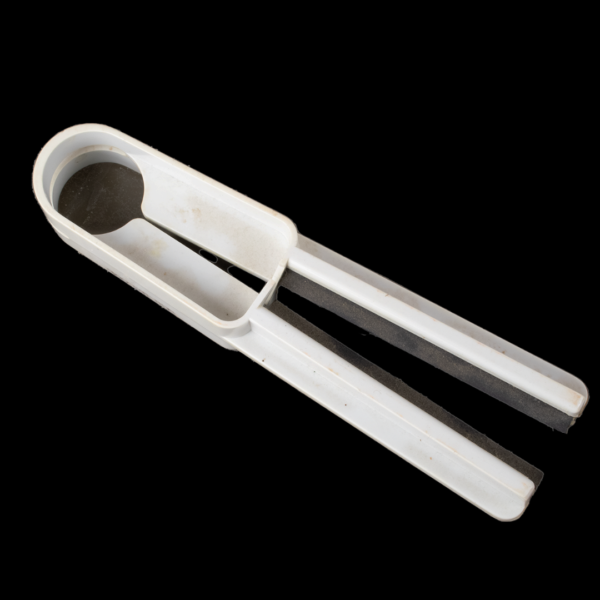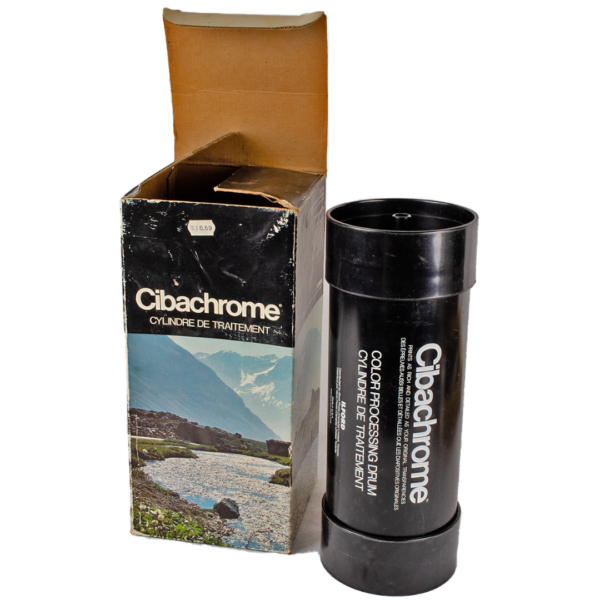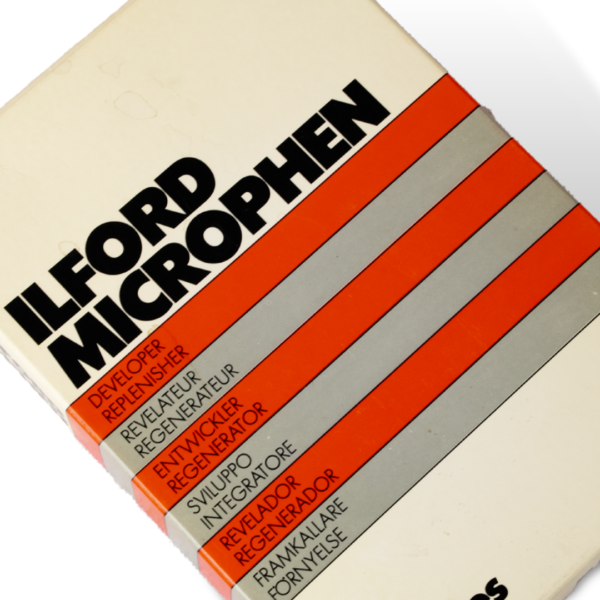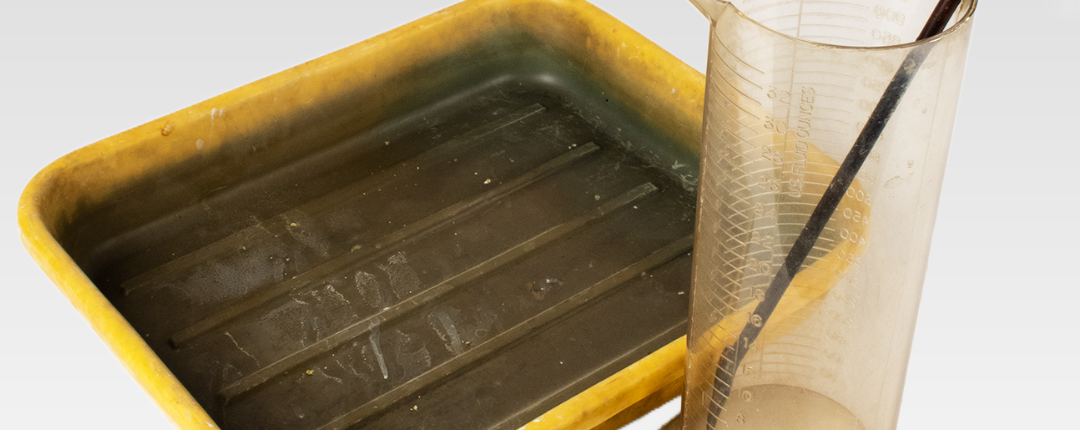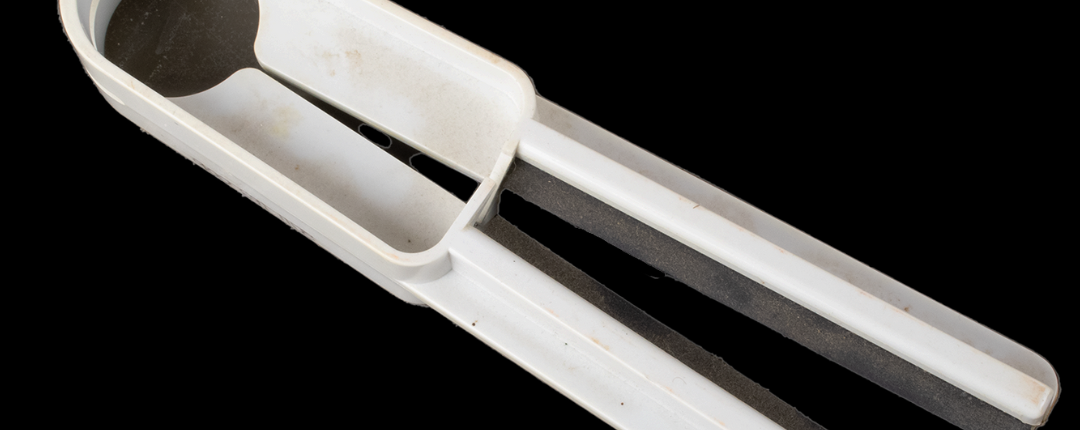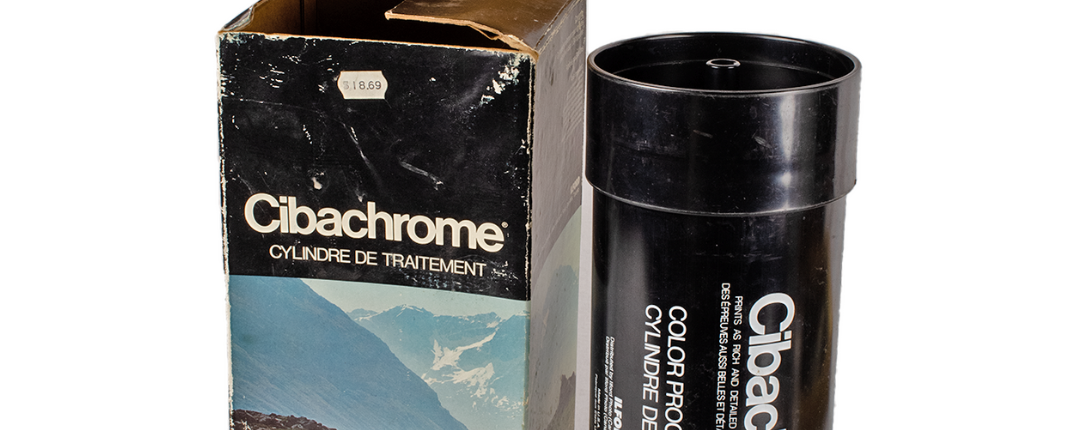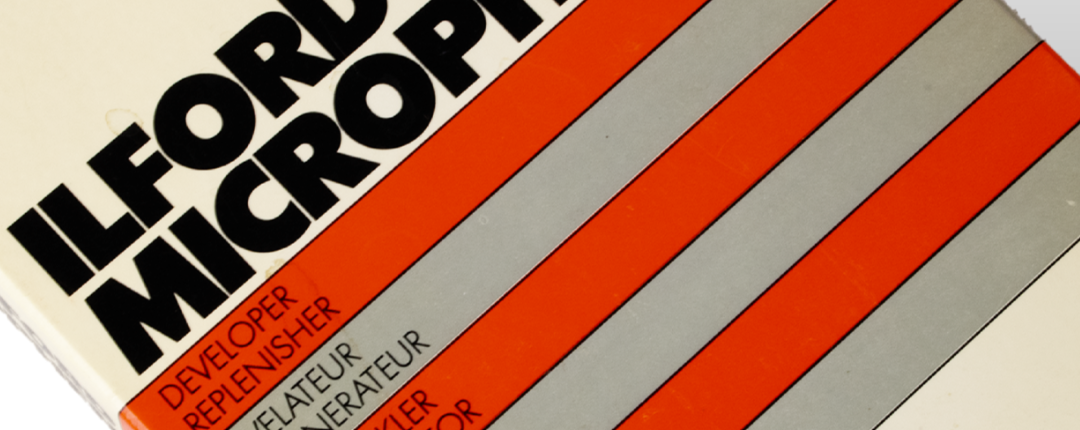Photojournalism in Mission, BC
Glen Kask
Glen Kask was a reporter and photographer for the Mission City Record from 1986 to 2000. At that time, reporters for local papers like the Mission City Record were often men-of-all-work, and Glen was no exception. He wrote, took photos, and worked in the darkroom during his time as a journalist in Mission, and he gained a wealth of experience in film photography. Glen was still working at the Record when they made the decision to switch to digital photography, at which point he donated the old dark room equipment to the Mission Museum.
Bob Friesen
Bob Friesen is a professional photographer in Mission, BC. Having grown up in Mission, he began photography as a hobby using a Brownie camera he received as a gift at just 9 years old. Bob spent many years working in forestry, and subsequently in accounting, but now he has retired and can pursue his passion for photography full time. His photos are often published in the Mission City Record, and have been for the past 15 years.
Website: Timeless Images by Bob Friesen
Downloading. Image manipulation. 7-inch floppy disks. Glen Kask remembers well the Mission City Record’s transition to digital in the mid to late 1990s: ‘It was all a bit awkward.’
Having been enrolled in training courses before the Record had actually purchased a digital camera, Glen and his colleagues began their move away from film photography without being able to put into practice what they were learning in theory.
The digital cameras that the paper would eventually procure – ‘little snappy-cap, common things’ – would resemble very faintly the large instrument that Glen had carried about with him at school decades earlier, as a member of the camera club.
The evolution of photojournalism at the Mission City Record in the 1990s is part of a long and global history of the relationship between photography and newspapers. In 1880, the Daily Graphic published the first ever photograph to be featured in an American newspaper. Prior to this – reaching as far back as the 16th century – news pamphlets relied on eyewitness accounts or an artist’s sketch to convey the general sense of a person, place, or event.
As time progressed, photographs became an indispensable component of journalism, with images being captured on film cameras and developed in darkrooms.
2011.163.002
Developer Tray
2011.163.008
Chemical Beaker 1000 ml
These items were used in the dark room at the Mission City Record. Trays like those shown were used to hold various chemical solutions used in developing photographs. Trays would be labeled or colour coded to differentiate which kind of chemicals they held.
The large beaker was used in the mixing and preparation of chemicals. Photographers throughout most of the 20th century had to be amateur chemists as well!
2011.163.006
Squeegee Tongs
These little tongs were used to squeeze excess water off of a photograph at the end of the developing process. The photograph had to be passed through many emulsions, and finally rinsed in water, and these handy little tongs helped to squeeze it mostly dry before it would be hung up to fully air dry.
2011.163.003
Chemical Processing Drum
A drum like this could be used instead of trays to develop photographs as large as 8 x 10. When using a drum, one must load the film in the dark, but afterwards the lights can be turned on. The emulsion is then poured into the drum through a light-tight lid, and when the drum is turned sideways, the film will develop.
2011.163.004
Ilford Microphen Developer
This box held 2.5 litres worth of powdered of developer. Developers were chosen based on how well and how quickly or slowly they could develop a photograph. This particular developer was popular for push-processing, a technique by which dark room technicians could improve under-exposed film.
By the 1920s, evolutions in camera technology brought about a momentous and enduring marriage between the newspaper and the photograph.
Towards the end of the 20th century, companies such as Nikon and Fujifilm began to develop the digital camera, which promised a revolutionary future of uncomplicated colour photography, ease of printing, and painless image manipulation.
The evolution of the camera from its earliest forms to its current digital iteration affected journalists and newspapers significantly, including the Mission City Record.
Despite a significant overhaul of the way in which photojournalism was conducted at his work, including the developing and storing of images, Glen did not consider the transition particularly earth-shattering: ‘It was just another day in the life.’
Like Glen, Bob Friesen also calls to mind the shift to digital photography easily and with little compunction.
‘When I went to digital, I kind of – I hate to use the word “blossomed” – but I started to learn a lot more quickly.’
Returning to his truck one evening to find that his film camera and gear had been stolen, Bob made the decision to move to digital – which he states was still fairly new at the time. He views this sequence of events, including the theft, as a very positive step in his photography career: ‘In the end, having whoever this person was that stole all my camera gear is probably the best thing that ever happened to me.’
The digital camera has also enabled Bob to combine photography more easily with his great love of nature. Hiking the many trails around Mission always with a backpack full of camera gear, Bob values the ability to review a shot instantly, to adjust for any perceived mistakes, and to capture the pristine wilderness in a manner much easier than it would be with a film camera.
In a modern world inundated with images both online and off, photojournalists must grapple with the shifting demands and concerns of media companies. For Glen, the ability to manipulate images so easily means that good photojournalism provides context – an indispensable component of his job. For Bob, the role of the photojournalist, though complicated by the sheer volume of content on the internet, remains the same as it always has been.
‘Decades later, when it comes to photojournalism, we are trying to do the same thing we have always tried to do: we have always tried to tell a story with just a single image.’
Click on images below to view in larger format

